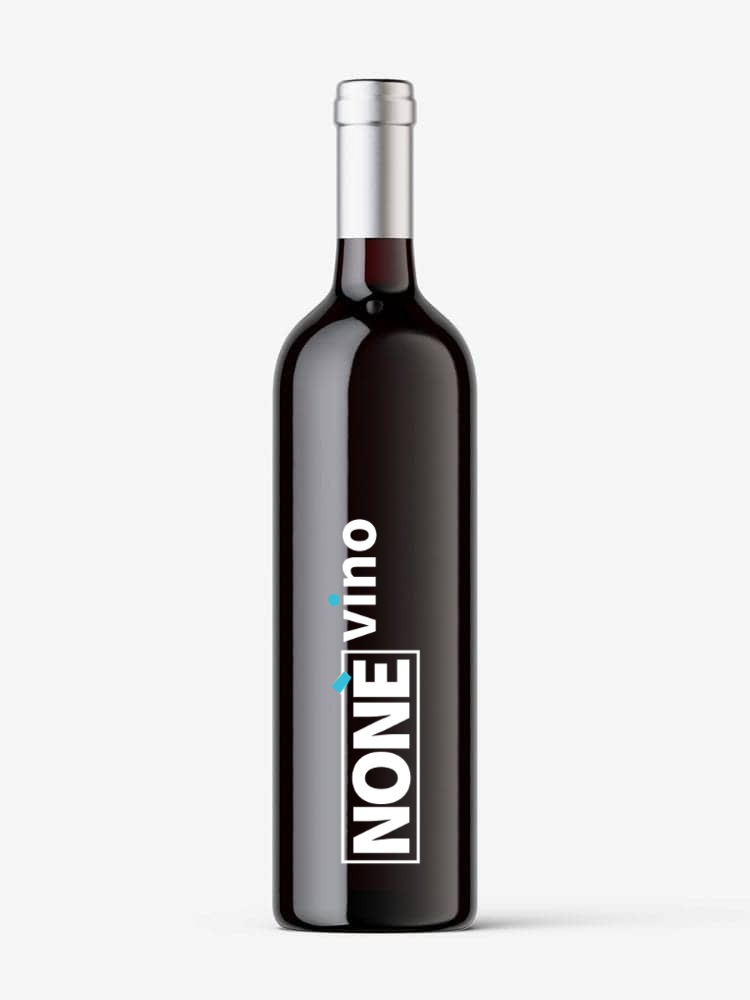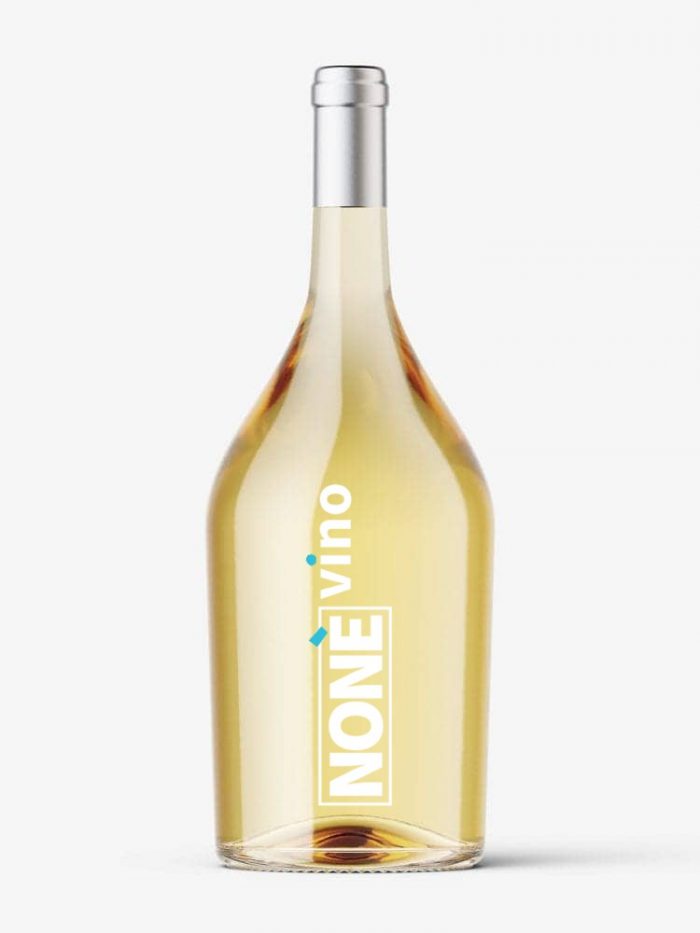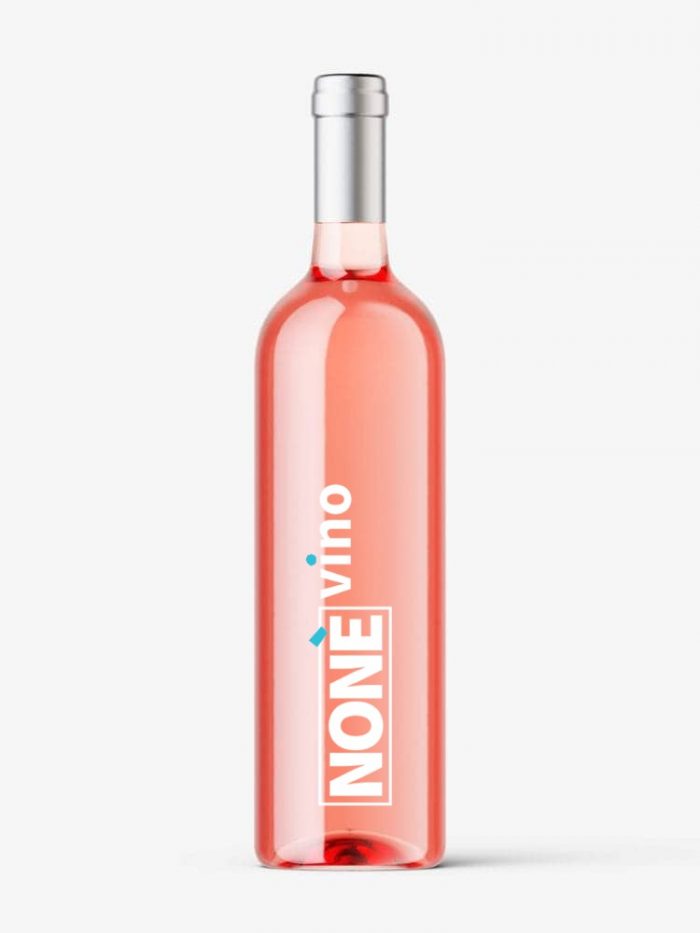The geographical area dedicated to the production of DOC Piave wine extends over the hills located in an area of medium-low plain that goes from the Treviso pede-hill to the border with Friuli, up to Montello in the north and the Venetian lagoon to the south, along the axis of the Piave river. The adequately ventilated and bright area favors the fulfillment of all the vegetative-productive functions of the vineyards.
The Piave DOC Wine Production Area is located in:
– province of Treviso and includes the territory of the municipalities of Arcade, Breda di Piave, Casale sul Sile, Cessalto, Chiarano, Cimadolmo, Codognè, Fontanelle, Godega Sant’Urbano, Gorgo al Monticano, Mareno di Piave, Maserada sul Piave, Monastier, Oderzo , Ormelle, Ponte di Piave, Ponzano Veneto, Portobuffolè, Povegliano, Roncade, Salgareda, San Biagio di Callalta, San Fior, San Polo di Piave, Santa Lucia di Piave, Spresiano, Vazzola, Zenson di Piave and, in part, the territory of the municipalities of Carbonera, Casier, Gaiarine, Mansuè, Mogliano Veneto, Orsago, Preganziol, Silea, Villorba, Colle Umberto, Conegliano, Cordignano, Giavera del Montello, Montebelluna, Motta di Livenza, Nervesa della Battaglia, Paese, San Vendemiano, Susegana, Trevignano, Vittorio Veneto, Volpago del Montello.
– province of Venice and includes the territory of the municipalities of Fossalta di Piave, Marcon, Meolo, Noventa di Piave, Quarto d’Altino, San Donà di Piave and, in part, the territory of the municipalities of Venice, Ceggia, Eraclea, Jesolo, Musile of Piave, Torre di Mosto.
During the vinification phases, only loyal and constant oenological practices of the area are allowed, suitable to give the wines their peculiar quality characteristics.
The oenological practices of vinification of DOC Piave wine include, among other things, that:
– The maximum yield of grapes into DOC Piave wine must not exceed 70% and 50% for the types of Passito Wine; if these parameters are exceeded within the limit of 5%, the excess will not be entitled to the DOC. Beyond these limits the right to DOC for the whole product lapses.
The grapes destined for the production of DOC Piave Raboso Passito and Verduzzo Passito wine must be subjected to natural drying until they reach an alcoholic strength of at least 15 °.
– On the labels of each type of DOC Piave wine it is mandatory to report the year of production of the grapes.
The following wines designated with the DOC Piave can be released for consumption after a maturation period indicated below:
3 months Chardonnay, Tai, White Manzoni and Verduzzo
4 months Cabernet, Merlot, Carmenère and Rosso
12 months Verduzzo Passito
18 months Raboso passito
24 months Merlot, Cabernet and Rosso in the reserve version, Raboso.
The name of the denomination derives from that of the Piave river which crosses the territory and which, sacred to the homeland, has marked the stages of history. The entire area attributable to the current DOC Piave area was already interested in the cultivation of vines in pre-Roman times, even if the information and ancient testimonies are scarce due to the numerous flooding of the rivers and the frequent invasions of armies and barbarians.
The Habsburg domination marks an important stage for the flourishing of viticulture in the area thanks to the development of a modern study and experimentation activity.
At the beginning of the 20th century the province of Treviso was in second place among the Venetian provinces in terms of vineyard consistency and wine production. The renewal of the plants in the period between the two wars allowed the development of modern viticulture: in 1942 it spread over approximately 161,000 hectares in the province of Treviso and 71,000 hectares in that of Venice.
In the 1950s, the producers of the area became aware of the quality of the product and its potential and came together in a consortium aimed at the protection and management of the quality wines of the area, so much so that in 1971 the designation of origin for the wines was recognized “Piave” DOC.
The knowledge of the producers, combined with the zoning studies launched in 2007, allow to combine the most suitable vines to obtain the wines of the appellation to each pedoclimatic and geological environment of the Piave DOC area.
The DOC Piave wine obtained the recognition of the Controlled Designation of Origin on 11 August 1971.







